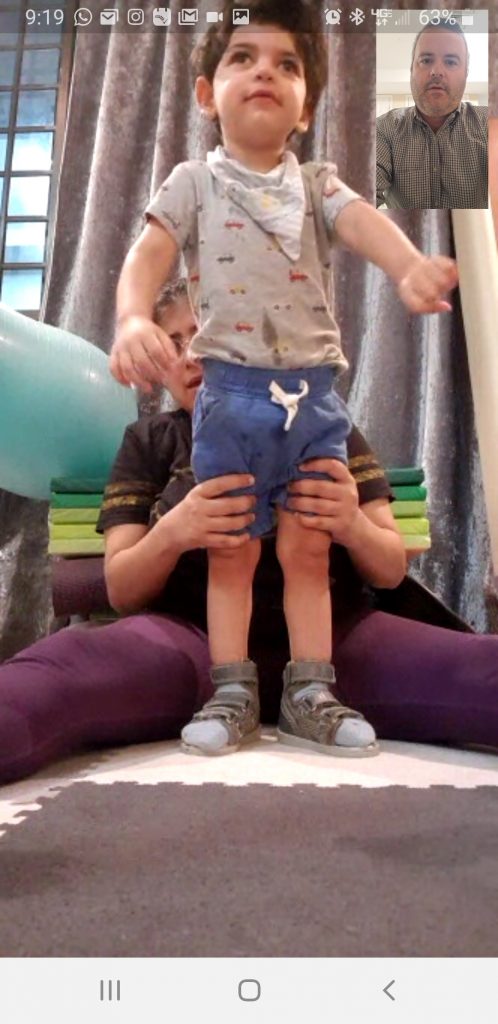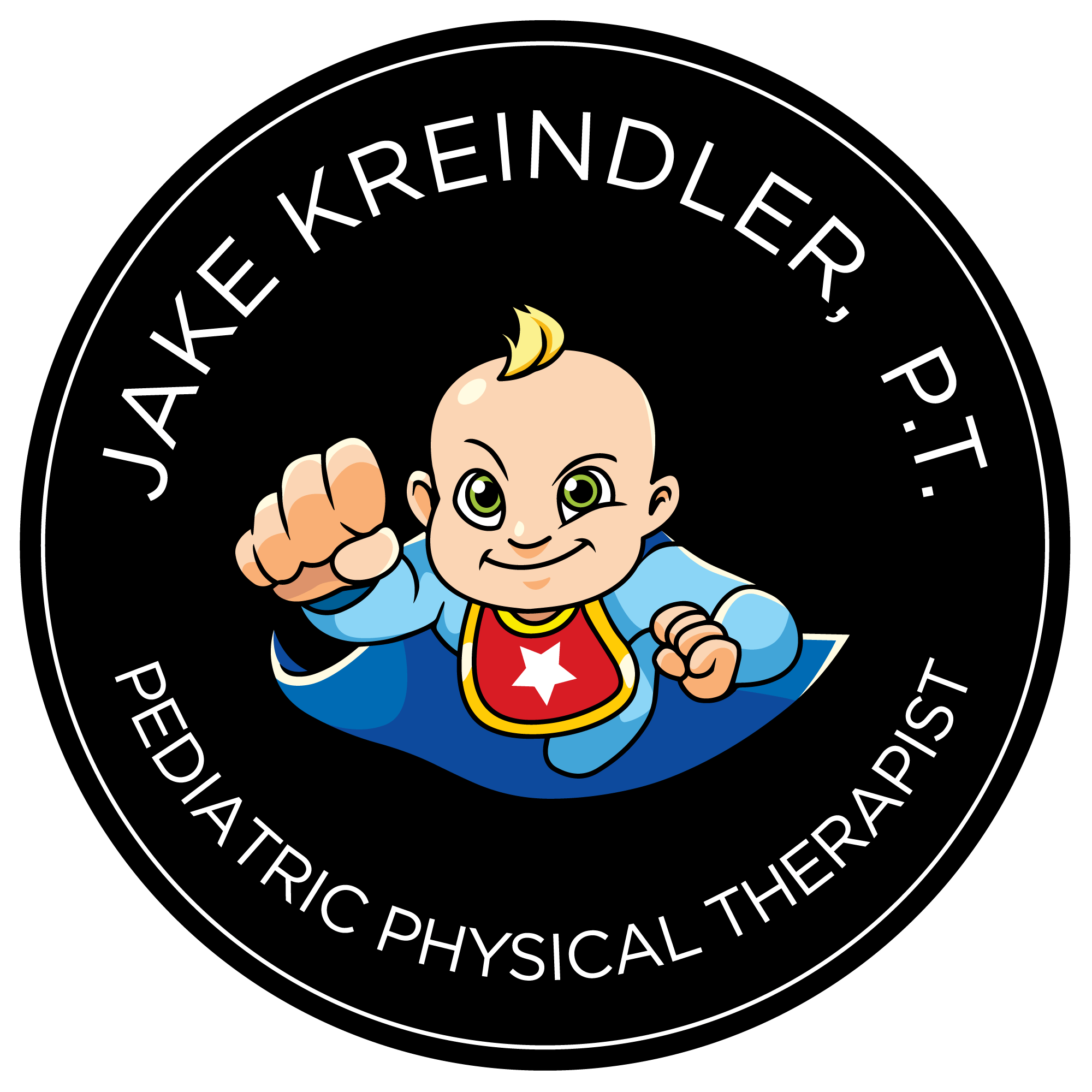Teletherapy has gained traction over that past few years as technology has improved. Applications like Zoom, Google Meets, and Microsoft teams have allowed for real time video conferencing with clear audio and video like never before. Even phone based apps such as FaceTime and WhatsApp allow parents to connect efficiently. As the Coronavirus pandemic swept the world in March 2020 and in-home and in-clinic services have been put on hold, teletherapy has become more important than ever. Teletherapy has allowed families around the United States and the world, seek out therapists and practitioners who are world renowned in their respective fields. For a small fee, parents can consult with these high level professionals and gain guidance and treatment strategies that their therapists at home may not know.

As a Co-Founder of Dynamic Movement Intervention (DMI), I have been privileged to perform teletherapy sessions with families around the world. I believe that the DMI approach is uniquely suited for this form of treatment delivery.
Here are a few reasons:
- DMI theory is easily understood. – While there are many details within the theory of DMI, the basics that parents need to understand to implement exercises effectively at home can be explained in a few minutes. As parents learn more exercises, the theory makes more sense and blossoms into a true paradigm shift- a new way of thinking to help their child succeed.
- DMI can be used for children with any level of delay or impairment. – DMI was designed to treat kids with all sorts of delays stemming from neurological, genetic, metabolic or idiopathic delays. When parents are seeking a treatment modality, it is reassuring to know that DMI can help. Which brings us to our next point…
- DMI works on the brain, not muscles. – Gross motor delay is caused by an interruption in the brain’s ability to execute the developmental sequence. This can be caused by neurological, genetic, metabolic or idiopathic problems. When any of these problems occur, the motor cortex exhibits immaturity. This immaturity, compounded by problems like changes in muscle tone, weakness, orthopedic issues, etc. makes it difficult for the brain to progress in attaining milestones. DMI provokes brain maturity through exposure to gravity, distal support, and provoking absent motor function. When these are implemented at home, parents, who may have been unsuccessful in implementing strategies for traditional PT methods, find that DMI can make real changes in a short amount of time!
- DMI exercises have a defined starting and ending point. – Every one of the exercises DMI offers have a starting and ending point. This makes the approach extremely concrete. Parents who have found traditional therapy to be abstract and somewhat disorganized find DMI to be quite refreshing. They can make a list of each individual exercise, hang it on the fridge, and get it done easily. It allows parents to visualize and build a home exercise program easier as their repertoire in DMI increases, without getting overwhelmed.
- DMI can be modified depending on the child’s level of function. – I always try to stay true to the way each DMI exercise was designed. With that being said, I am much more interested in making sure that kids and parents are successful in moving toward better gross motor function. Exercises are usually modified by increasing the level of support, but can also be modified by using grip liner, or even performing the exercise with two people instead of alone.
- Most DMI exercises have a progression. – As a child improves in doing DMI and their function improves, DMI changes along with them. A perfect example is how we teach a child to stand and walk. While the support when teaching a child to stand may be on the thighs, as the child shows more proficiency, the hand placement may change to the lower leg and ankles. Once standing is achieved, a similar progression would give the child a chance to walk with progressively less support. This progression empowers parents to make real gross motor changes at home while challenging their kids each step of the way.
- DMI is a manual approach that uses developmental positions in a novel way. – DMI places children into a position, initially with more support as necessary, then with less support over time to provoke them to do more of the work themselves. Parents quickly see how effective this method is and that it is approachable even when their skills in doing a home exercise program are limited.
- DMI can be used as a therapy intensive at home. – Therapy intensives are a growing and popular therapy delivery model. An intensive is when a family does 2 or more therapy sessions in a day. Some clinics do up to 3 hours of therapy a day! The point is to barrage the brain with a high volume of positive gross motor information in a short amount of time.
When doing teletherapy with the DMI approach, many parents ask me how many repetitions for each exercise. There are 2 schools of thought, and each should be used as necessary.

I have been told by numerous families that the hour they spent with me doing a teletherapy session was more effective than MONTHS of traditional PT interventions they were doing at home. I don’t say this to brag. It highlights that using the DMI approach, parents can effectively implement a home exercise program that works!!
To schedule a teletherapy session with me, please send us an email from the Contact page.
Looking forward to seeing you soon!!

